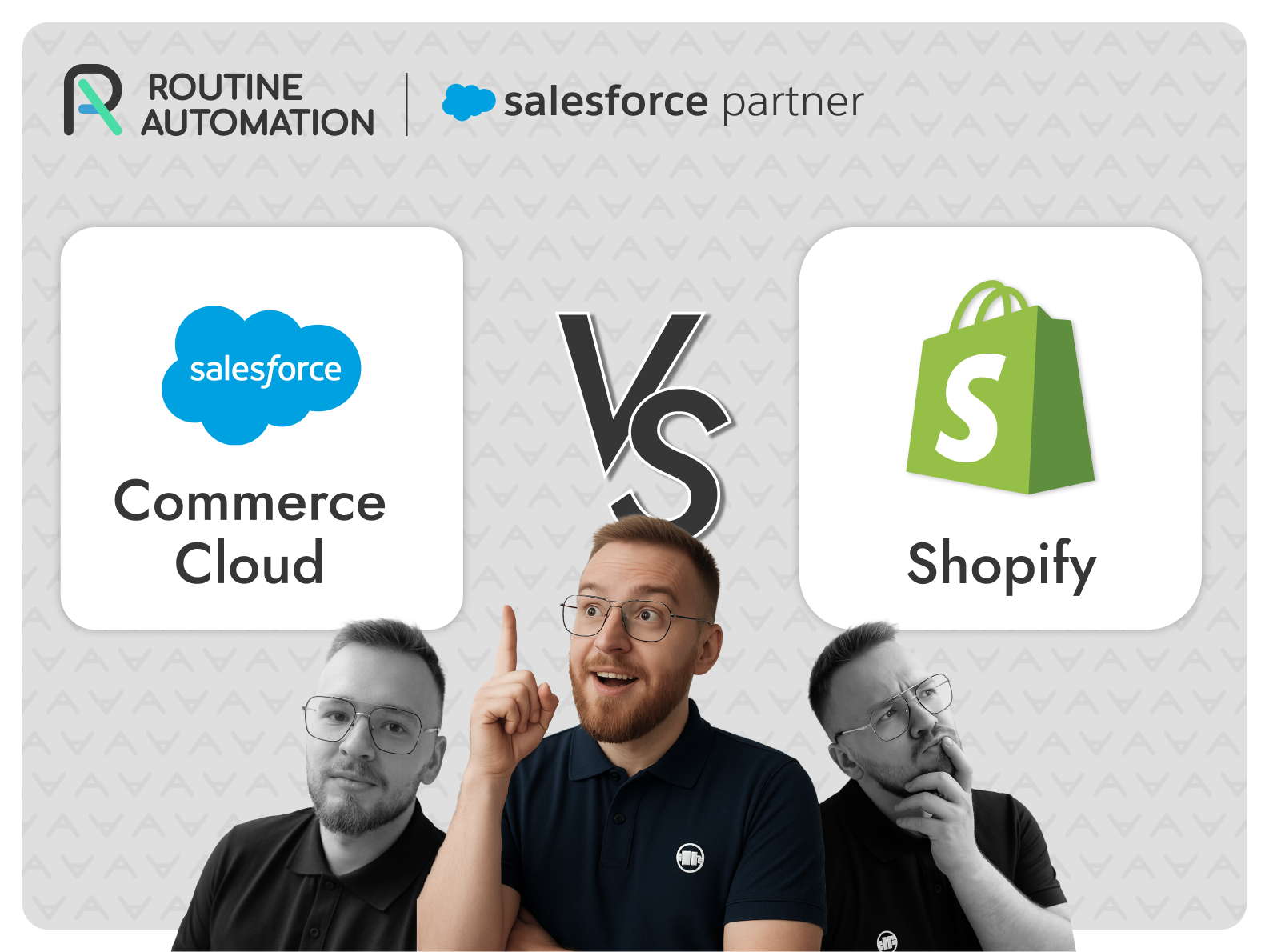Salesforce Work.com: What tools can you use for safe and productive communication with the client?

Salesforce presented a new solution on the market — Work.com. This is an excellent tool for the back office which has gained new relevance in connection with the gradual withdrawal of many global businesses from quarantine.
Work.com will undoubtedly facilitate the administration of office processes in a new reality.
Tools for safe and productive communication
Before we turn to “the new changing world mode” let’s first see what kind of channels you can use to communicate with a client. This is one of the top reasons why you are using Salesforce, right?
So here is a list of effective communication channels:
- Call Center
- Virtual assistant on a website (Live chat)
- Social networks/messengers
Let’s take a better look at the first two of the list.
Call Center
The call center is classic. One of the oldest channels appeared long before Salesforce and cloud computing. However, the main application of the call center is steadily changing due to changes in client habits.
The focus of the call is shifted. Significantly reduced the number of cells whose main purpose is to order products and request basic information.
Assume that now companies get some rare calls with questions of store hours, aeroplane departure, or train departure times, requesting information about discounts and sales. All the information you can search for online. It is visual and easier to navigate using e-commerce platforms, websites, mobile applications, or messengers. This greatly simplifies communication from the client side, making it faster. Time is money and now people just don’t want to hang on the phone waiting for the operator.
Then, what is the call center all about now?
The call center is providing consulting services on non-trivial issues, requiring deep attention and specialized knowledge on solving business cases and technical support. Even using such a custom approach the main task of any business is to optimize the entire process so that consultations are quick and efficient, and the lines are available without waiting.
To build an efficient call center we’d suggest following these technical options:
- Create 2 lines of support in a call center, where applications requiring special skills are sent to the second level. The first level of support can be automated with voice assistant IVR.
- Separate advice services. Use a separate stream with the scheduling of the specialist’s time for consulting.
It’s super important to build a well-structured knowledge base. This will significantly reduce the response time and improve the KPI of call center employees.
Salesforce allows you to solve all these issues by the following means:

Virtual Assistant On The Website — Live Chat:
How can you benefit from implementing Live Chat on a website? Its main advantages, compared to the call center, are the ability to obtain relevant contextual information about what exactly the client does on your site, what pages he likes and what problems he faces. The main cases are:
- Customer support on the site (any problems with regards to the basket, payment, order, etc.)
- Receiving background information. Some users prefer to get a quick answer through the website rather than search for information by themselves, or even call.
Here are easy configuration steps of how to make a Live Chat work for you:
If you are interested in more detailed information about Einstein Bots, let us know and we will be happy to share our experience.
Find more about Salesforce in one of the following articles: “What does CPQ stand for“, “Pardot vs Marketing Cloud“, and “Do you know what Vlocity is used for?”.


















